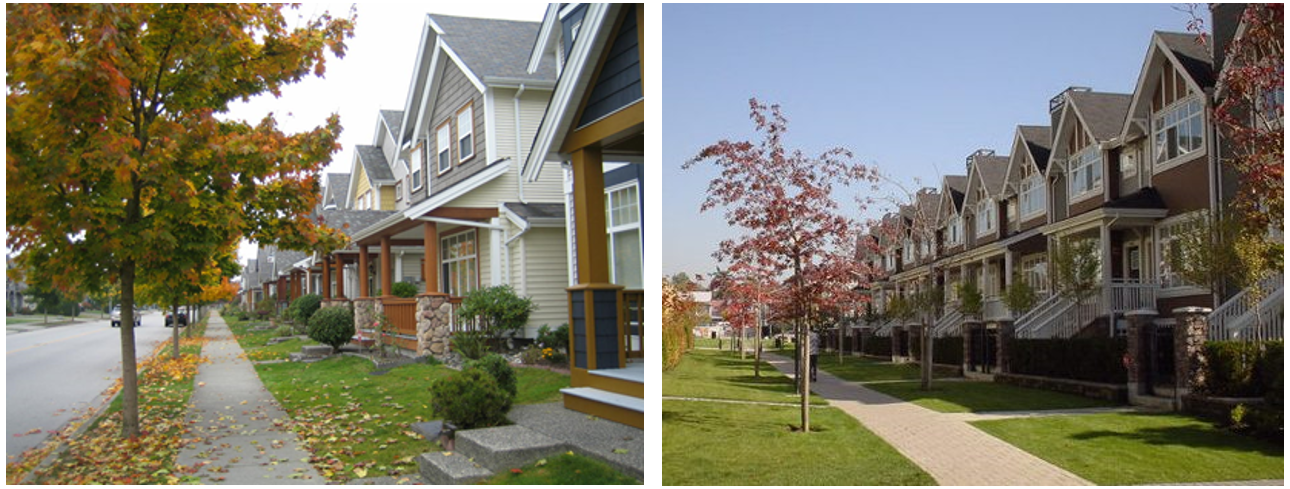20.28.010 Purpose and intent.
A. This chapter establishes special development regulations for a series of housing forms that are in addition to the standard detached single-family and multifamily housing types. These regulations are intended to implement comprehensive plan goals and policies encouraging infill development, more efficient use of the remaining developable land, protection of environmentally sensitive areas, creating opportunities for more affordable housing and increasing housing choice and diversity.
B. Development and design standards in this chapter emphasize pedestrian-oriented design with street oriented front porches, entries, and windows, and architectural and landscape features that add human scale visual interest and complement building and site design. These design principles are also applied equally to lesser streets called lanes, and to common pedestrian corridors when used in lieu of streets or lanes. An intent of these design details is that they collectively contribute to and enhance the public realm, create a sense of place, foster social interaction, and make alternative transportation options more attractive, inviting, and safe to use, and thereby more likely to be used. Guiding principles are: (1) Parking should not be located between dwelling units and the street or lane, and (2) When garages front on a street or lane, they should be proportionally subordinate to the width of the dwelling unit, and (3) Fronting housing units on an existing street should be prioritized over fronting units internally off a new lane or common pedestrian corridor.
Figure 20.28.010 Examples of pedestrian-oriented design

C. Flexibility in applying standards to site and building design is encouraged when the proposal is consistent with the broad intent of implementing strong pedestrian-oriented design. Larger scale projects and green field development may necessitate unique design solutions and exceptions to standards that were not specifically contemplated by this chapter. This may include increased allowance in height, floor area, and other standards, especially when creating entirely new neighborhoods. [Ord. 2022-01-002 § 4; Ord. 2009-08-047].